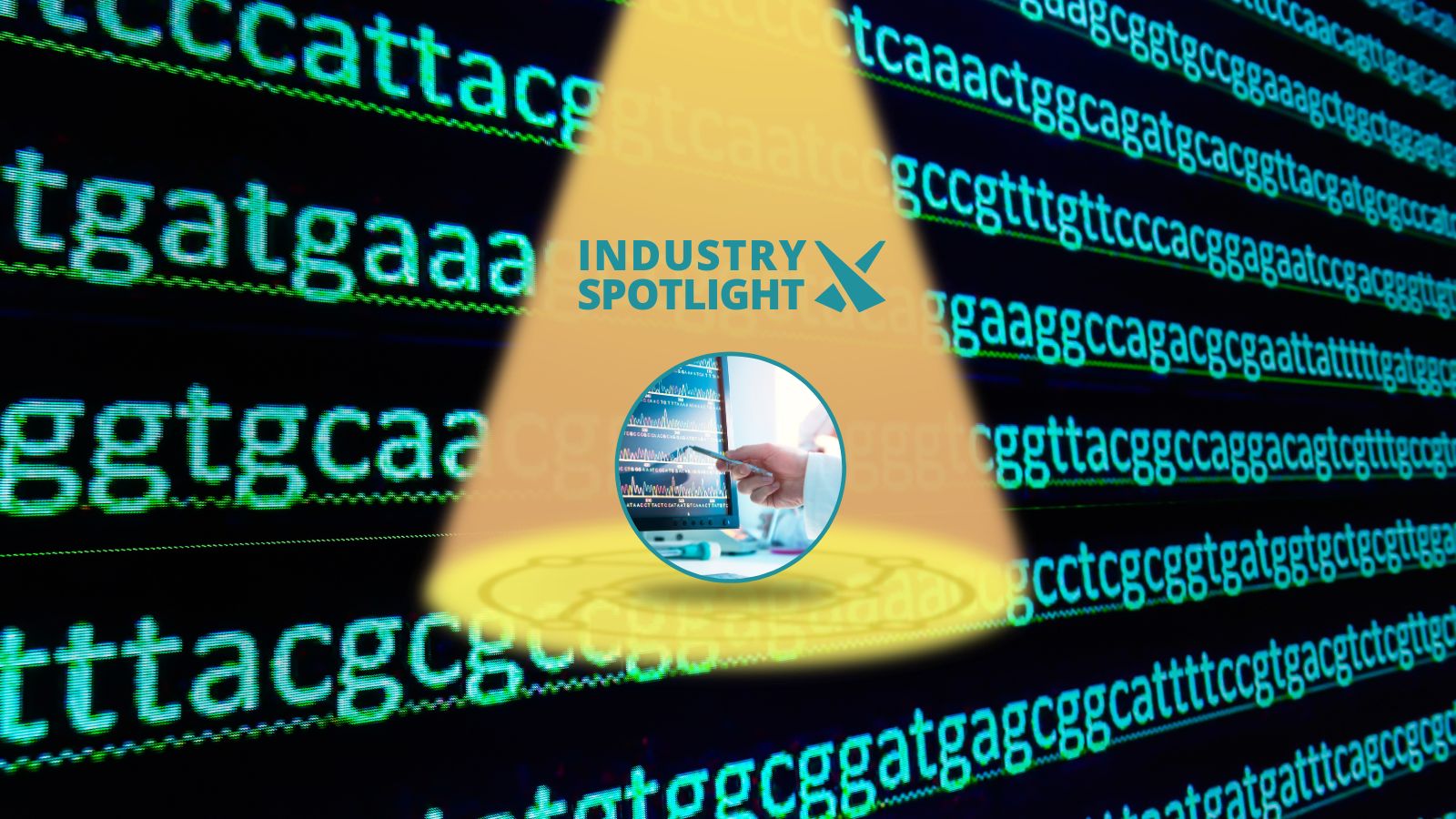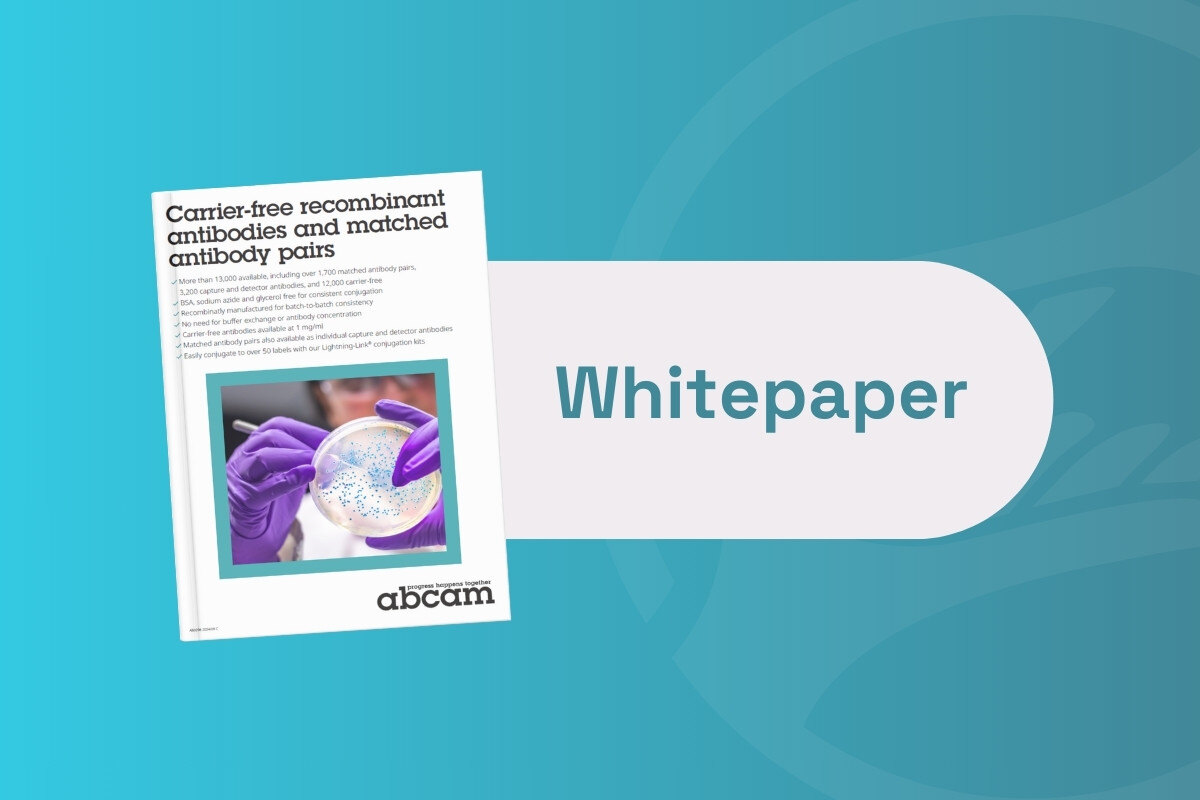How the $100 Genome Could Reshape the Sequencing Landscape

While the price of gene sequencing has decreased massively since the completion of the Human Genome Project in 2003, it remains too expensive for the promise of precision medicine and the $100 genome to be fully delivered – yet.
With the pricetag for a ‘partial but useful’ genome scan currently hovering around $1,000, big breakthroughs will likely come when the cost sinks lower.
Speaking to the New York Times, Bruce D. Gelb – Professor of Genetics and Genomic Sciences at Mount Sinai Hospital in New York – said that the ideal pricetag would be around the USD $100 mark.
“If someone drops the price of sequencing tenfold, I can sequence ten times as many people,” he said of the current sequencing landscape.
Now, the possibility of a data explosion from information gleaned from lower-cost sequencing tests appears to be imminent.
In 2022, Ultima Genomics claimed that it could sequence an entire genome for USD $100.
Whole genome sequencing at this price could potentially accelerate the development of a massive database which could be mined to find genes that cause illnesses.
This may help to shed light on the complex influence that genes have on one another, and could potentially to detect genetic changes indicating the presence of a cancer before a PET or MRI scan.
Such an intersection of business and science may be of equal significance to both: to date, the sequencing market has been dominated by Illumina.
However, Illumina’s patents are running out, with some in the field predicting a flood of competitors offering new, comparatively low cost gene sequencers – each with its own advantages.
Achieving the $100 Genome
Ultima Genomics has a unique ploy for providing low cost genome sequencing.
Conventional gene sequencers work by affixing a DNA sample between two pieces of ‘optically perfect’ glass, called a flow cell.
Different reagents are pumped over the sample hundreds of times per scan, making its components visible, before an automated microscope scans the whole slide in sections.
While the method is accurate, the process is slow, and some aspects – the optically perfect glass and reagents – are expensive.
Ultima’s workaround involves replacing the rectangular flow cell with a silicon disk, which spins and allows the scanning microscope to operate continuously through each cycle.
Reagents are then applied to the centre of the disk: rotational motion forces them to spread uniformly across the surface, circumventing the need for expensive chemistry.
Conveniently, a market for the mass production of silicon disks already exists: the semiconductor industry.
By utilising these silicon disks as the base for gene sequencers, Ultima has potentially found a means of cutting procedural costs.
A number of other startups are also offering new options for low cost genome sequencing, putting pressure on the market leader, Illumina.
However, as revolutionary as this is for the scientific community, it remains to be seen how the newest sequencers will perform with so few of them sold.
While a USD $100 genome makes for a great headline, what matters is what is actionable and what can be applied to the bedside.
Get your weekly dose of industry news and announcements here, or head over to our Omics portal to catch up with the latest advances in spatial analysis and next-gen sequencing. To learn more about our upcoming NextGen Omics UK conference in London, click here to download an agenda or register your interest.








